May is Asian American and Pacific Islander (AAPI) Heritage Month. Taking a close look at Asian American children and youth, the resources on our reading list pursue topics such as unique histories and educational experiences, racial and national identity, social and emotional development, linguistic abilities, and more.
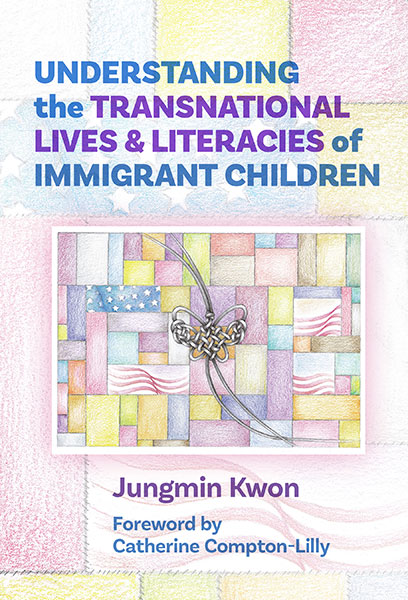
Understanding the Transnational Lives and Literacies of Immigrant Children
Jungmin Kwon
This book provides targeted suggestions that educators can use to ensure successful teaching and learning with today’s growing population of transnational, multilingual students. The text offers insights based on the author’s observations, interactions, and interviews with second-generation immigrant children, their families, and their teachers in the United States and South Korea. These collected stories give educators a better understanding of how elementary school children engage in language, literacy, and learning in and across spaces and countries; the forms of unique linguistic and cultural knowledge immigrant children build, expand, and mobilize as they move across contexts; the ways in which immigrant children position themselves and represent their identities; and how educators and researchers can honor these children’s identities and unique talents. Featuring children’s narratives, drawings, writings, maps, and photographs, this resource is a must-read for educators and researchers seeking to create more inclusive learning spaces and literacy practices.
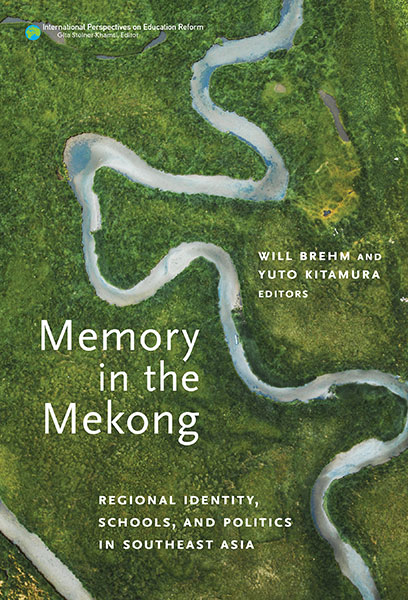
Memory in the Mekong
Regional Identity, Schools, and Politics in Southeast Asia
Edited by Will Brehm and Yuto Kitamura
This edited collection explores the possibilities, perils, and politics of constructing a regional identity. The Association of Southeast Asian Nations (ASEAN), a multinational institution comprised of 10 member states, is dedicated to building a Southeast Asian regional identity that includes countries along Southeast Asia’s Mekong River delta: Cambodia, Thailand, Vietnam, Laos, and Myanmar.
After successfully establishing an economic community in 2015, where capital and people can freely move across national borders, ASEAN and its partners now aim to develop a sociocultural community that is fully functional in a wide range of sectors by 2025. As part of this vision, ASEAN wishes to construct a regional identity by uniting over 600 million people, which will be achieved partly through national school systems that teach shared histories. In this text, the contributors critically examine the many questions that arise in the face of this significant change: What does an ASEAN identity look like? Is it even possible or desirable to create a common identity across the diverse peoples of Southeast Asia? Given the divergent memories of history, how would a regional identity exist alongside national identity? Memory in the Mekong grapples with these questions by exploring issues of shared history, national identity, and schooling in a region that is frequently underexamined and underrepresented in Western scholarship.
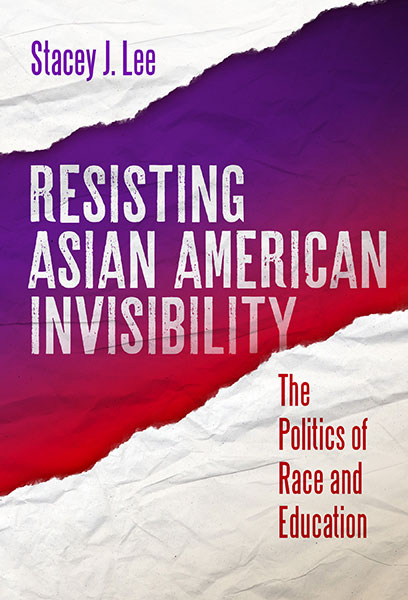
Resisting Asian American Invisibility
The Politics of Race and Education
Stacey J. Lee
Resisting Asian American Invisibility highlights one group’s struggle for educational justice. Based on in-depth ethnographic research in formal and informal educational spaces, this book argues that Hmong American youth are rendered invisible by dominant racial discourses and current educational policies and practices. The book illustrates the way that Hmong American students are erased by the Black and White racial paradigm and the Asian American pan-ethnic category that perpetuates the model minority stereotype. Furthermore, Lee and a team of Southeast Asian American graduate student researchers explore how current educational policies around English learners marginalize Hmong youth. Far from being passive or silent victims, Hmong American communities actively resist their invisibility through various forms of educational advocacy and community-based education. In the tradition of critical ethnography, the author and her research team also look at what these individual and local stories expose about larger social forces, norms, and institutions.
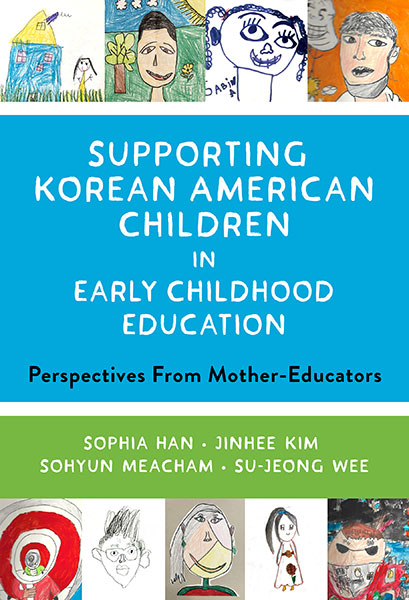
Coming Fall 2023
Supporting Korean American Children in Early Childhood Education
Perspectives From Mother-Educators
Sophia Han, Jinhee Kim, Sohyun Meacham, and Su-Jeong Wee
Early childhood professionals can use this one-of-a-kind work to better serve Korean American and other Asian American children in the United States. Four transnational mother-educators share the lived experiences of Korean American children and their families through candid and vivid narratives that counter stereotypical and prejudicial beliefs about these communities. Topics include parenting beliefs and practices, naming practices, portrayals in children’s picturebooks, translingual home practices, and responses to microaggressions. The text raises awareness about various dynamics within the Korean American community for a more nuanced discourse. The authors bring a wealth of hybrid positioning and experiences as former early childhood educators, first-generation Korean American immigrants, current teacher educators working with pre- and inservice teachers, and researchers in different states, as well as mothers of second-generation children.
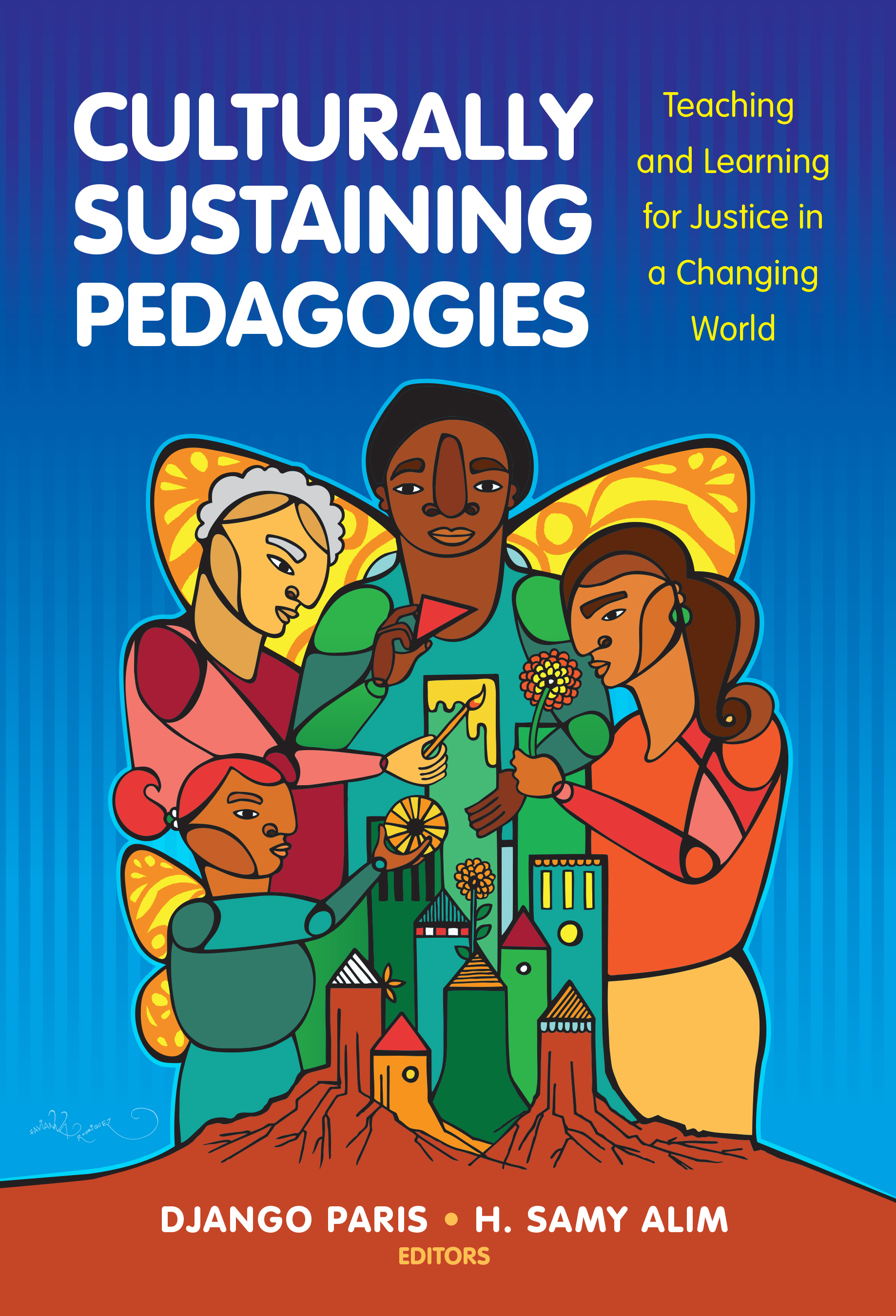
Culturally Sustaining Pedagogies
Teaching and Learning for Justice in a Changing World
Django Paris and H. Samy Alim
Culturally Sustaining Pedagogies raises fundamental questions about the purpose of schooling in changing societies. Bringing together an intergenerational group of prominent educators and researchers, this volume engages and extends the concept of culturally sustaining pedagogy (CSP)—teaching that perpetuates and fosters linguistic, literate, and cultural pluralism as part of schooling for positive social transformation. The authors propose that schooling should be a site for sustaining the cultural practices of communities of color, rather than eradicating them. Chapters present theoretically grounded examples of how educators and scholars can support Black, Indigenous, Latinx, Asian/Pacific Islander, South African, and immigrant students as part of a collective movement toward educational justice in a changing world.
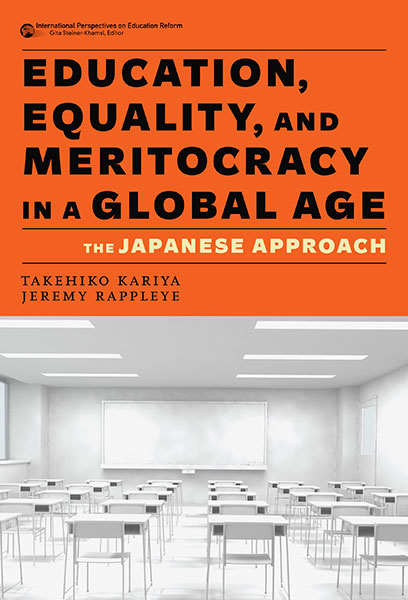
Education, Equality, and Meritocracy in a Global Age
The Japanese Approach
Takehiko Kariya and Jeremy Rappleye
How has schooling functioned in the construction of meritocratic national systems historically? To what extent will these historical patterns and normative commitments continue in the new era of a global meritocracy? And ultimately, how can educators effectively balance the inherent tension between individual merit and standardized quality? Kariya and Rappleye explore the answers to these questions and more by focusing on the Japanese model, long recognized globally for being one of the most equitable and meritocratic systems in the world. Looking at the country’s educational history and policy shifts, the authors point to the important comparative lessons for sociology and education research. They show how the Japanese experience can inform global approaches to educational reform and policymaking—and how this kind of exploration can reinvigorate a more rigorous discussion of meritocracy, equality, and education.
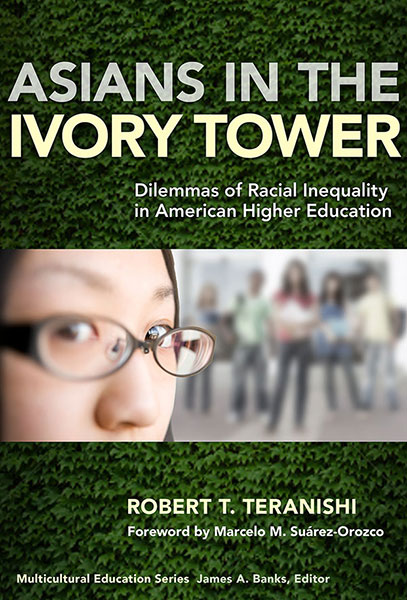
Asians in the Ivory Tower
Dilemmas of Racial Inequality in American Higher Education
Robert T. Teranishi
Highly respected scholar Robert Teranishi draws on his vast research to present this timely and compelling examination of the experience of Asian Americans in higher education. Asians in the Ivory Tower explores why and how Asian Americans and Pacific Islanders (AAPIs) are important to our nation’s higher education priorities and places the study of AAPI college participation within a broad set of conditions through which all students must navigate as they pursue higher education. Teranishi captures the intersections of individual agency, social conditions, and organizational structures as synergetic forces that result in a range of postsecondary outcomes for subpopulations within the larger body of AAPIs.
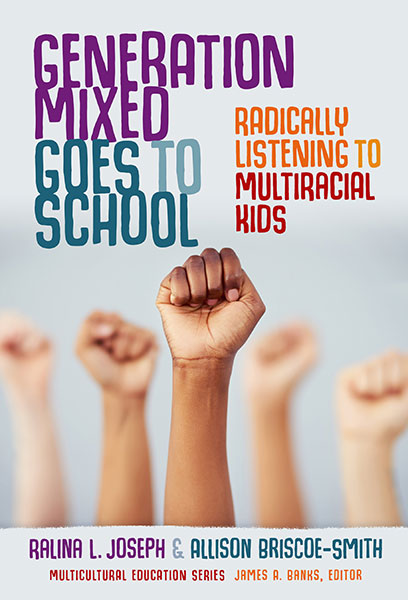
Generation Mixed Goes to School
Radically Listening to Multiracial Kids
Ralina L. Joseph and Allison Briscoe-Smith
Generation Mixed Goes to School radically listens to and weaves together stories of mixed-race children and youth, teachers, and caregivers with perspectives and research from social and developmental psychology, Critical Mixed Race Studies, and education. This book investigates how implicit bias affects multiracial kids in unforeseen ways, impacting those who are read as children of color as well as those who are not; how the silencing and invisibility of their experiences often create a barrier for mixed-race kids to engage in nuanced conversations about race and identity in the classroom; and how teachers are finding powerful ways to make meaningful connections with their mixed-race students. In addition, this book breaks out of the Black–White binary to include the perspectives of mixed-race children from Asian American, Latinx, and Native American backgrounds. It also diverges from scholarship on mixed-race youth by providing viewpoints from children who come from two or more communities of color, and not simply those who are from White–people of color backgrounds.
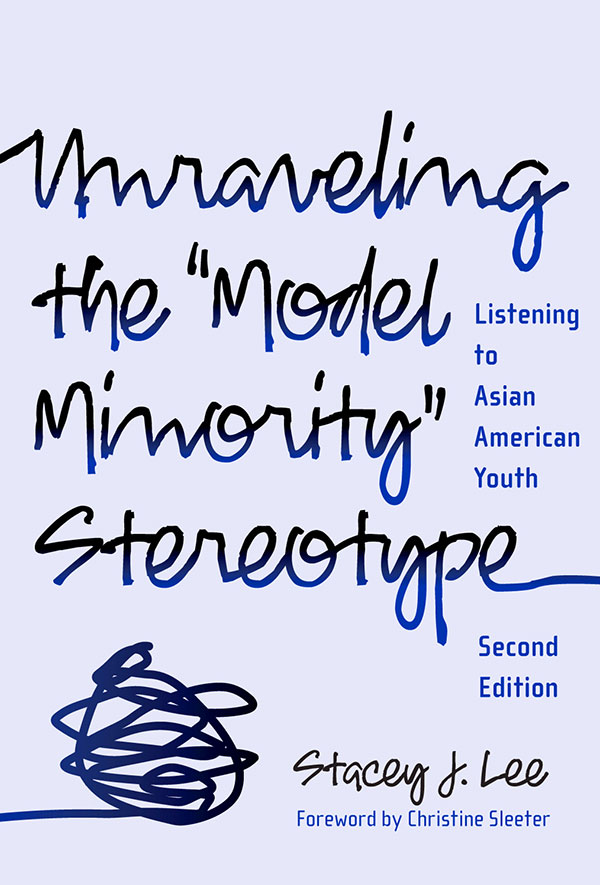
Unraveling the “Model Minority” Stereotype
Listening to Asian American Youth
Stacey J. Lee
The second edition of Unraveling the “Model Minority” Stereotype: Listening to Asian American Youth extends Stacey Lee’s groundbreaking research on the educational experiences and achievement of Asian American youth. Lee provides a comprehensive update of social science research to reveal the ways in which the larger structures of race and class play out in the lives of Asian American high school students, especially regarding presumptions that the educational experiences of Koreans, Chinese, and Hmong youth are all largely the same. In her detailed and probing ethnography, Lee presents the experiences of these students in their own words, providing an authentic insider perspective on identity and interethnic relations in an often misunderstood American community. This second edition is essential reading for anyone interested in Asian American youth and their experiences in U.S. schools.
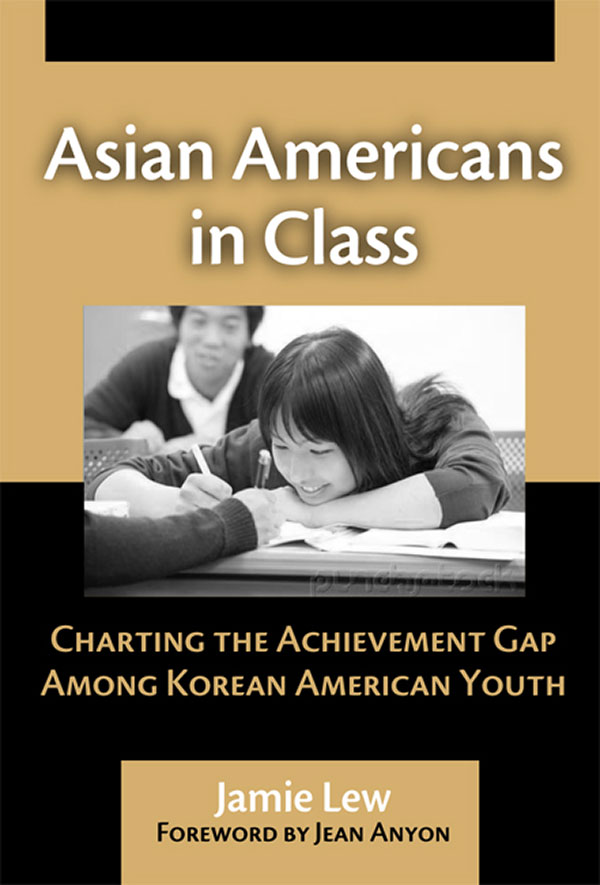
Asian Americans in Class
Charting the Achievement Gap Among Korean American Youth
Jamie Lew
This book challenges the “model minority” stereotype of Asian American students as a critical step toward educating all children well. Focusing on Korean American youth in New York City schools, Jamie Lew compares high-achieving students attending an elite magnet high school with students who have dropped out of a neighborhood high school. She finds that class, race, social networks, parental strategies, and schooling resources all affect the aspirations and academic achievement of Asian American youth.
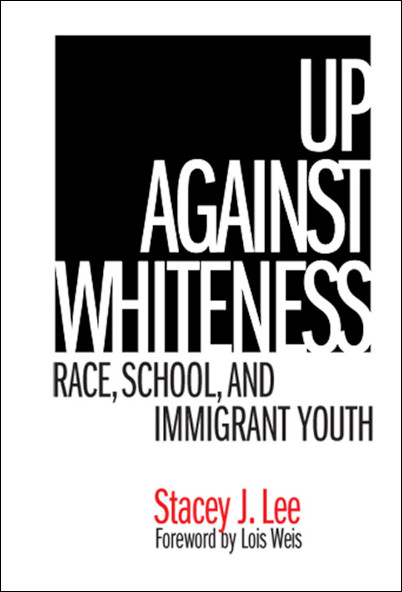
Up Against Whiteness
Race, School, and Immigrant Youth
Stacey J. Lee
Pushing the boundaries of Asian American educational discourse, this book explores the way a group of first- and second-generation Hmong students created their identities as “new Americans” in response to their school experiences. Offering an opportunity to rethink the “norm,” this important volume pays particular attention to how race, class, and gender informed their experiences.
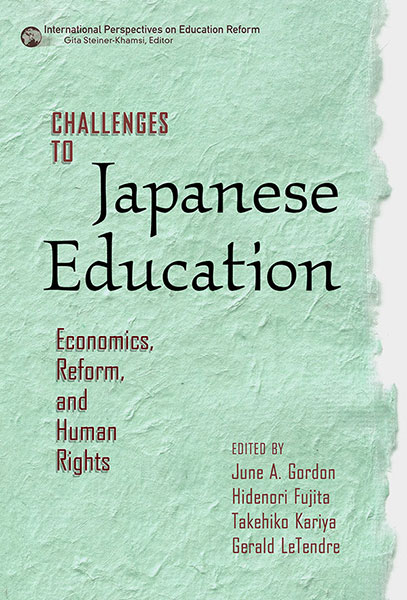
Challenges to Japanese Education
Economics, Reform, and Human Rights
Edited by June A. Gordon, Hidenori Fujita, Takehiko Kariya, and Gerald LeTendre
In this volume, eight leading Japanese scholars present their research on profound and sensitive issues facing Japanese society, much of which has not been available to the English-speaking world. Traveling from Japan to engage in a unique forum at University of California, they joined eminent Professors Befu, DeVos, and Rohlen to bring over 50 leading scholars up to date on the global challenges facing Japan and how education has and will play into the reformulation of its identity. Chapters examine such topics as education policy changes, the education of minorities, including the Burakumin, the hegemony of college entrance examinations, social mobility and basic human rights, increased economic competition and global migration, political influences on educational reform, and the future of Japanese education.
